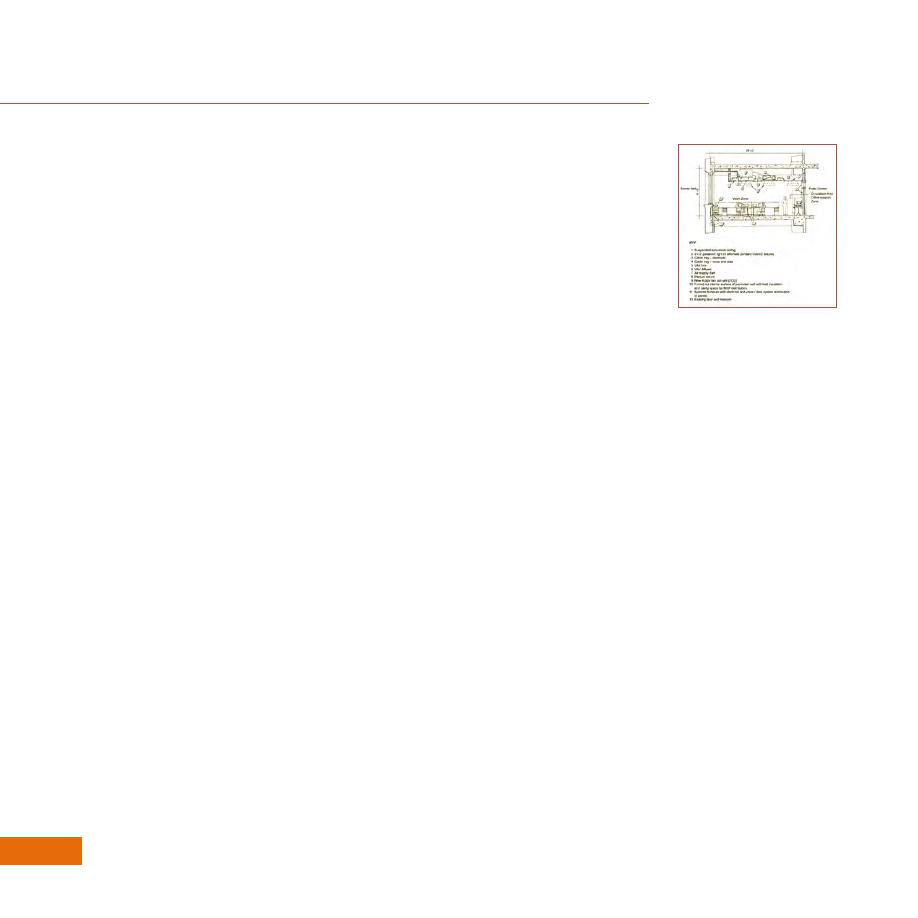
Program Development Study Phase
3.3 Develop Design Directives
Design directives provide micro-level alternatives to shape project decision-making and
offer detailed direction for creating the project's design and budget.
Recommended Activities
Match scope requirements with design directives.
Ensure that the PDS contractor develops design directives to meet the project
goals and the requirements of the scope of work.
Keep design directives on track.
Ensure that the design directives consider the most up-to-date project
Design Directives
information, accomplish the defined project goals, and provide sufficient micro-
To develop valid interior
level alternatives (e.g., systems choices, phasing options) for the project team.
renovation engineering
concepts for the PDS,
Coordinate with GSA headquarters.
the team develops options
Check in with stakeholders in the Office of Real Property Asset Management
for the distribution of
and the Office of the Chief Architect to understand submission requirements and
services (mechanical,
electrical, voice, and data),
project ranking factors.
the perimeter conditions
Outcome
at window wall, and
Clearly defined design directives that describe the project's elements,
the corridor.
implementation, and budget
Funding Cycles
Duration
When developing a project
This task typically takes fourteen (14) weeks.
schedule, recognize both
the limitations of the funding
3.4 Produce the Implementation Plan
cycle and when funds
become available.
The PDS provides an Implementation Plan for executing the project and its defined
design directives. It describes key project milestones, funding sources, and uncertainties
or risks that may affect project delivery. Beginning with an evaluation of the Feasibility
Study, the PDS proposes phasing, swing space plans, and building turnover plans. The
Implementation Plan must describe required stakeholder approvals and consultations,
as well as strategies for meeting environmental, historic preservation, and urban
development requirements.
116



 Previous Page
Previous Page
